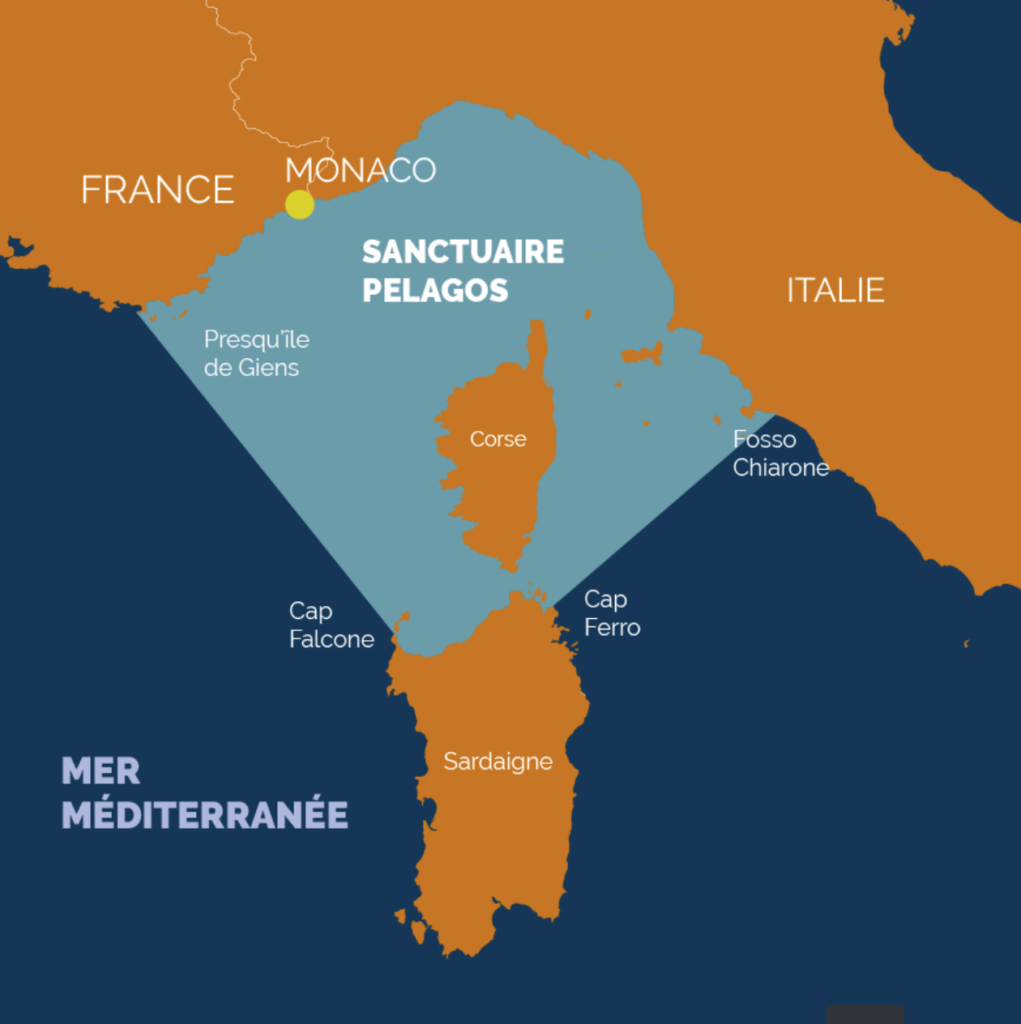What cetaceans can be found in Riviera waters?

Many of you go to see these natural treasures by boat, leaving from Monaco’s ports.
The Mediterranean is an absolute breeding ground for fabulous animals. Unfortunately, they are increasingly under threat from human activities that create serious problems for them. In fact the main cause of death of these cetaceans is bycatch, when they are accidentally caught by fishing vessels. But that’s not all, they are also at risk from collisions, pollution, stranding and noise. Researchers noted that lockdown was a peaceful period for marine animals.
Every summer, SOS Grand Bleu organises trips out to sea to discover and oberve cetaceans and marine fauna in general. They take the opportunity, as the non-profit’s director Murielle Oriol mentioned in a Radio Monaco podcast, to raise public awareness about this special environment and to remind people of the correct behaviour at sea.
Mindful tours
A label has been created so that ‘sea safaris’ are mindful of, and not stressful for, the animals, with little or no disturbance to their way of life. Called Whale-Watching, the label has been registered worldwide since 2010, thanks to a number of intergovernmental agreements. In France, the Souffleurs d’Ecume non-profit is the only organisation that is authorised to award the label to operators who organise tourist outings of this type. As an example, here are some of the rules it stipulates: stay over 100 metres away from the animals, do not cross their paths, drop your speed to below five knots as you approach.
Events are frequently organised in the Principality to grab the attention of our younger citizens. This was the case last summer when a CM2 class (UK year 6, US 5th grade) from Saint Charles school worked with the Association Monégasque pour la Protection de la Nature during the 5th edition of the ‘aire marine éducative’ (educational marine area). The schoolchildren were put in charge of a coastal maritime area of Monaco, with the support of their teachers. And they were clearly proud to present their work to Prince Albert II, who is very attentive to the question, particularly through his foundation, the Prince Albert II Foundation.

A protected area
The Pelagos Sanctuary, an 87,500 km² marine area off the Mediterranean coast, was established through the Pelagos Agreement in 1999 between France, Italy and Monaco. Its purpose is to protect the marine mammals that frequent it, and their habitats, from different causes of disturbance. Two years ago, the three countries agreed on a “Pelagos Action Plan 2022-2027,” a comprehensive Management Plan to preserve the Sanctuary’s biodiversity.

To finance these actions, the Pelagos Agreement has recently set up a Pelagos Voluntary Fund, which can accept donations from individuals. Eight species of cetaceans are sighted regularly in the sanctuary: the striped dolphin, the bottlenose dolphin, the common dolphin, Cuvier’s beaked whale, Risso’s dolphin, the long-finned pilot whale, the sperm whale, the fin whale and, more rarely, the monk seal.













